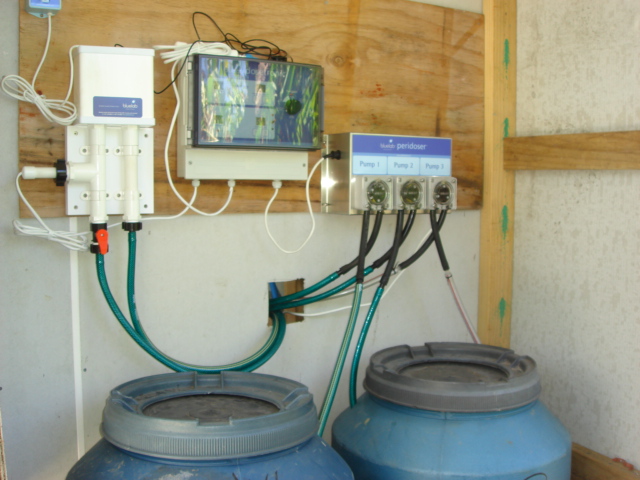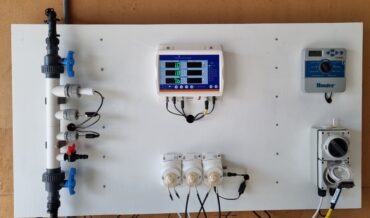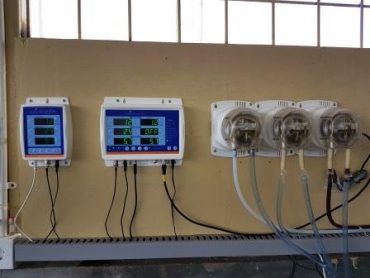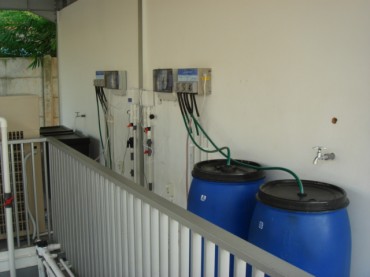Peristaltic Dosing Pumps and Solenoid Dosing Valves
The accurate and reliable delivery of nutrient stock solutions & pH correction solutions into a hydroponic mixing tank is of utmost importance in an automated hydroponic system
Uneven dosing and unreliable dosing can lead to nutritional imbalances and stress to the crop. With pH dosing an unreliable dosing method can lead to root burn or crop death if too much pH lower solution is added to a mixing tank.
A commercial grower has two choices for their dosing system – Solenoid valves or Peristaltic pumps.
Pure Hydroponics recommends the use of Peristaltic Dosing pumps as the preferred choice for commercial dosing applications. It is an accurate dosing method and the peristaltic pumps rely on a suction operation. If one of the pumps fails it is not possible to overdose your mixing tank. The stock solution tanks can also be installed at ground level or below ground which frees up more room in your pump room.
Below are the pros and cons of Peristaltic Pumps versus Solenoid Valves.
Peristaltic Pumps – Pros
– Very accurate dosing.
– These pumps use a suction method so it is impossible to overdose the mixing tank in the event of a peristaltic pump failure.
– Stock tanks can be positioned at ground level or below ground which frees up room and makes the stock tanks easier to refill and stir.
– A range of low flow and high flow pumps are available to suit your tank size.
– Easy to install and maintain.
– Good service life if maintained and sized correctly.
Peristaltic Pumps – Cons
– Higher set up cost compared to solenoid valves
– As with all equipment which has moving parts there is normal wear and tear over time. Wear and tear is only really an issue if the pumps are undersized which causes them to work harder than they need to. The peristaltic pump motors have a rating of how many hours of reliable service they are likely to give before a replacement motor or pump is required e.g. 15,000 hours.
Solenoid Valves – Pros
– Cheaper option than Peristaltic pumps.
– Low power consumption.
– Minimal wear and tear on valves – long lifetime (only the coil ever tends to fail).
– Some valves can dose a high flow rate for minimal cost.
Solenoid Valves – Cons
– Stock tanks need to be raised above the mixing tank to enable to valves to gravity feed the stock solutions into the mixing tank.
– Potential for blockages if there is sediment in the stock tank – must have a good pre filter.
– Potential to lock open and drain stock tanks into the mixing tank (dangerous if it is a pH tank) (we recommend the pH tank is sized to hold only enough for one day’s supply).
Please see the following pages for more information on Solenoid Valves and Peristaltic Pumps.





